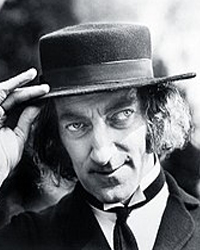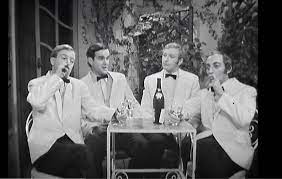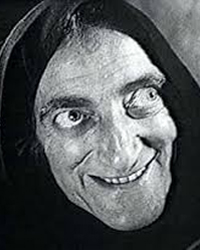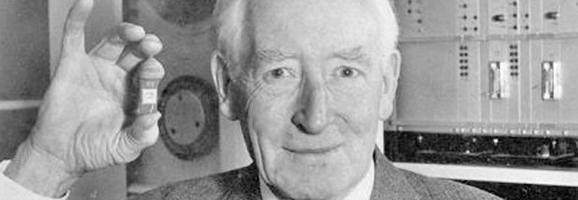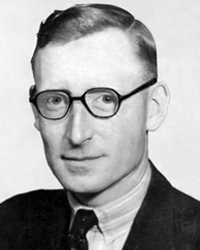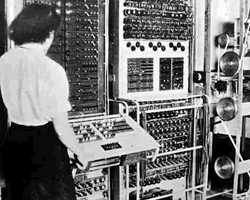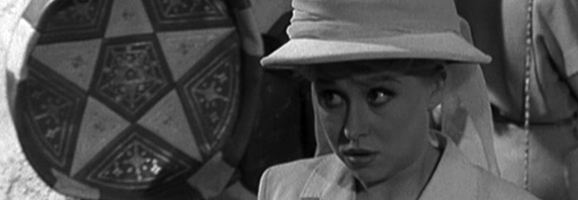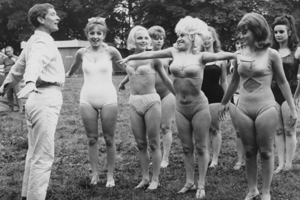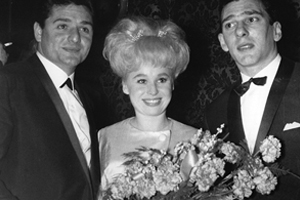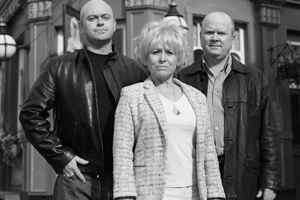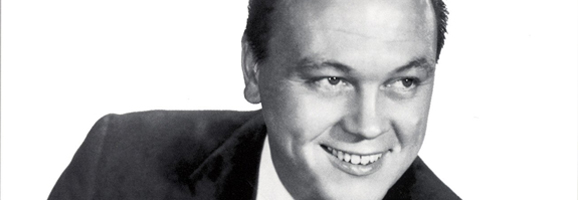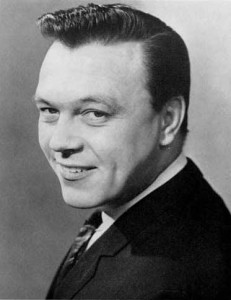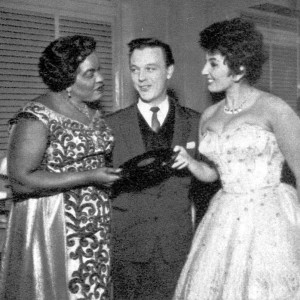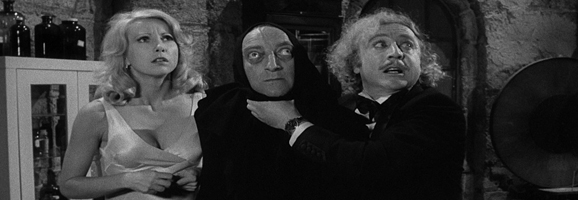
The diminutive figure of Dr Frankenstein’s assistant, Igor, approached the scientist, his eyes swiveling wildly and bent double with his hunched back. The Doctor looked at him with pity in his eyes and said “You know, I’m a rather brilliant surgeon. Perhaps I can help you with that hump”. Igor spun round a few times trying to catch a glimpse of his back before replying “Hump? What hump?”
Martin Alan Feldman, born on 8 July 1934 in East London’s Canning Town, was a British actor, a comedian and a prolific comedy writer. His mother Cecilia Crook had married Myer Feldman, a gown manufacturer, who was a Jewish immigrant from Kyiv in Ukraine. Marty (as the young Martin came to be called) once described his childhood as being of a solitary existence, particularly when he had been sent into the countryside like so many other children who were evacuated during World War II.
Marty suffered from thyroid disease and as a result, developed a condition known as ‘Graves Ophthalmopathy’ which caused his eyes to become misaligned and to protrude.
Rather than consider this a disadvantage, he was to later describe his unusual appearance as a help to his successful acting career saying “If I aspired to be Robert Redford, I’d have my eyes straightened and my nose fixed and end up like every other lousy actor, with two lines on ‘Kojak’ But this way I’m a novelty.”
Marty left school aged just 15 (by which time he had been expelled from school no fewer than 12 times over his disruptive behaviour) and began working at the Dreamland Funfair in Margate (a location much beloved by Only Fools and Horses fans!). However, Marty had aspirations of being a serious musician, playing jazz with a group which had tenor saxophonist Tubby Hayes as a member, but he eventually joked that he was the “world’s worst trumpet player”. His later teenage years were spent travelling – he was deported from France on three occasions, he worked as a fairground barker, and (allegedly) even worked as a getaway driver for an East End villain.
Eventually, Marty decided to change direction and pursue a career in comedy. He had just turned 20. Writing a sketch for the radio show ‘Take It From Here’ gave him the chance to meet another comedy writer – the great Barry Took. They discovered a like sense of humour and they struck up a friendship.
Further comedy writing opportunities led to him contributing to such shows as ‘Educating Archie’, ‘The Glums’ and ‘The Army Game’, before creating some of radio’s most memorable characters such as Ramblin Syd Rumpo (played by Kenneth Williams) and Julian and Sandy – two flamboyant camp characters who spoke in Polari (which Feldman had heard during his time on the streets of Soho) – both for the hit radio show ‘Round The Horne’.
As 1966 dawned, Marty became the principal writer for the satirical TV show ‘The Frost Report’ hosted by David Frost. This show was to boast such comedy writers as Barry Cryer and Frank Muir, as well as introducing him to such performers as John Cleese, Ronnie Barker and Ronnie Corbett.
He was responsible for writing two of the most memorable sketches seen on TV – the ‘Class’ sketch with Cleese, Barker and Corbett explaining to the audience how they ‘looked up and down’ to each other, and the ‘Yorkshiremen’ sketch where each protagonist berates the next over how hard his life had been – usually before the next utters the word ‘LUXURY’…
Marty was given his own show, ‘Marty’ by the BBC in 1968, and this gave him the freedom to emulate his own personal hero – silent screen’s Buster Keaton. He soon began to look towards roles in film, and starred in ‘The Bed Sitting Room’ in 1969 followed quickly by ‘Every Home Should Have One’.
Marty Feldman’s presence was also being felt in America, where he appeared on the ‘Dean Martin Show’. This brought him to the attention of Hollywood, and in particular, Director Mel Brooks and Actor Gene Wilder. Having seen his antics, Marty was offered the part of Igor, the hunchback in Brooks’ ‘Young Frankenstein’, a role that earned him the first Saturn Award winner for Best Supporting Actor. This was followed by another Mel Brooks comedy, ‘Sherlock Holmes Smarter Brother’ in 1975 and ‘Silent Movie’ in 1976. He went on to perform in another 4 movies up until 1982.
It was during the filming of the movie ‘Yellowbeard’ that Marty suffered a fatal heart attack. He had been a very heavy smoker throughout his life, consuming up to 100 cigarettes a day and it is thought this contributed to his death in a hotel room in Mexico City on 2 December 1982.
Marty had been married to his wife Lauretta Sullivan from January 1959 until his death aged just 49 – she was to live on until 2010, dying aged 74.
Marty Feldman is buried in the Garden of Heritage at Forest Lawn, Hollywood Hills – right next the his own comedy hero – Buster Keaton…

